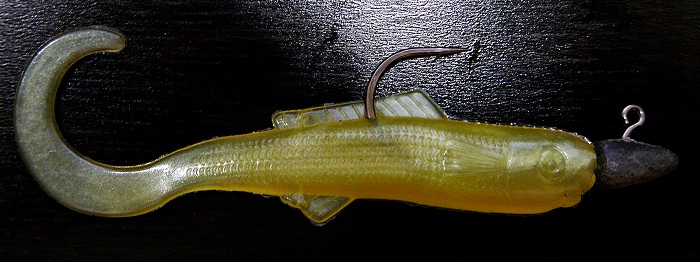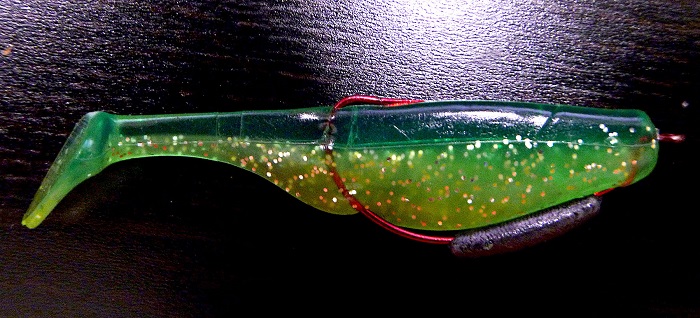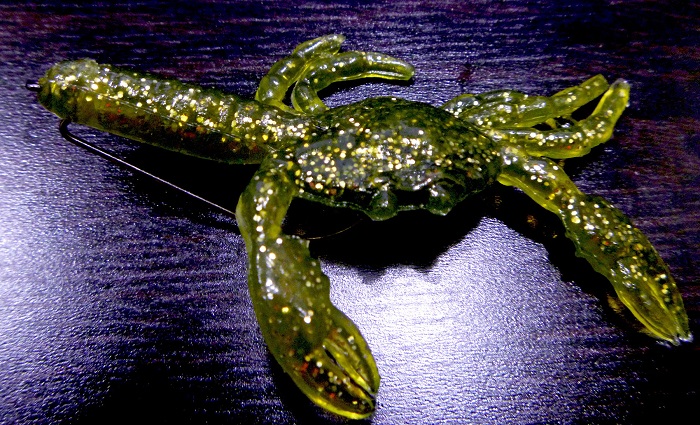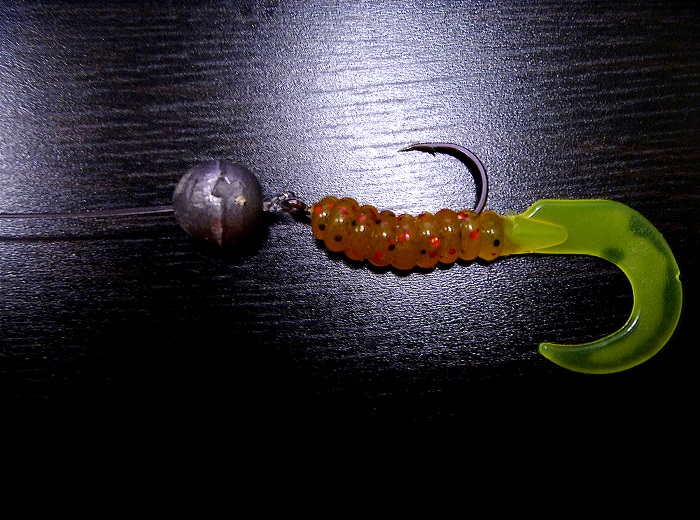I recently spoke to a few guys that were very interested in soft plastics but were clueless on how to start going about them. I was a little bit confused because there is practically no way to fish soft plastics the wrong way. However, I do understand that the soft plastic jungle is not an easy place to navigate; there are thousands of designs, shapes, scents, sizes and come in a few thousand color combinations. How to rig them is also another headache, there are jig heads and special hooks that fit one lure type but are too big or too small, there are weighted hooks and how about rigging the odd shaped ones like the Berkley Gulp Alive Crab?
There are people who express their frustration because they have been using it for some time and have not caught anything yet, and gave it up because “they don’t work” or say “it’s all hype”. There are those that say soft plastics are only for shallow water, and that if they could find a way to fish them in deeper water, it would be such a cool thing to try out.
Things to remember
- Don’t give up. If you find yourself not catching fish, chances are, you are not fishing the right place, or targeting the right fish.
- Take the time to go on YouTube and learn how to put the lure on the hook straight.
- There are three predominant tail types, the curly tail, paddle tail and straight tail – the curly tail is used for slow speed presentations, the paddle tail for medium speeds and the straight tail for fast presentations.
- Use the lightest weight you can to get to the bottom.
- Using braid as your main line enables you to cast farther and get down deeper and because of the reduced stretch that braid gives you, you tend to feel even the slightest takes.
- Scented soft baits like the Berkley Gulp baits can be fished like non-scented plastics or fished off the bottom like live or dead baits.
The Rigs:
Jig head

Using a jig head has become the standard rigging used in saltwater fishing. There are a number of styles and sizes; all of them share the basic design and function. It makes casting easier and gives the soft plastic a very natural motion. The weight is at the “head” of the lure, which gives it a diving action when worked through the water column. When you jerk the rod tip, the jig head gives the soft plastic a darting motion.
Most, if not all, soft plastics can be rigged with a jig head. The size of the jig head dictates the distance you can cast as well as the depth you can reach – I have used near-weightless jig heads for very shallow presentations (for bream and grunter) and heads as heavy as 4oz (113 grams) for tuna and dorado.
Weighted swimbait hook

In more recent years, swimbaits have become popular and there was a need to present a soft plastic swimbait with a more realistic swimming action on the fall, this means the time when you let your reeling stop and let the bait freefall (a move that usually triggers a strike from a following fish). With a weighted swimbait hook, the lure has a more lifelike, forward sliding movement than one rigged with a jig head which seems to just plummet down immediately. This matters a lot on pressured fish that are almost always very finicky. When the lure slides down and forward, it also has a nice subtle wobble to it, much like an injured fish trying to head down to the bottom. This rig is perfect for swimbaits, but will also work well for long and slim lures such as jerk shads.
Weightless rig

There are a few instances that require the use of a weightless rig. There are times when you don’t need to cast far and the fish are feeding on top, there are also times when you are fishing in shallow areas where the fish are more likely to get spooked with a weighted lure. These are just some of the instances where a weightless rig would outperform any other rig. I remember finding a place recently, where the breams are hugging close to shore and were very alert of the surroundings, the splash of the weighted jig landing even at 10 metres away spooked them enough to stop them from hunting the shallows and they immediately went on a beeline to the safety of deeper water. After a few hours of trying to figure out how to coax them to bite, I finally found the solution with a Gulp Alive Crab weightless rig.
Sliding sinker rig

This is another rig that sees a lot of use in freshwater but don’t seem to get a lot of attention from the saltwater crowd – big oversight. The sliding sinker rig is probably one of the most versatile rigs there is for soft plastics. If you need to cast far or fish deep, this is the ticket. You can go fancy and use a bullet sinker and make a weedless “Texas rig” or add a swivel and a long leader to make it a “Carolina rig”. I mostly use a round sinker and it works well for me. These rigs are what I mostly use with the Berkley Gulp Alive soft plastics. I fish it almost like I fish natural baits – I just cast them out and reel it in slowly with very long pauses in between. This enables me to cover a lot of ground in the process.
As I mentioned earlier on, there is hardly a wrong way of using soft plastics, in fact, they work as soon as they hit the water, and I have caught a lot of fish that way – a fish intercepting the lure on the drop, just after the lure lands – their tails start moving as soon as they hit the water!
The list of fish that can be caught on soft plastics is exhaustive. Basically, any fish that would eat bait would almost always bite a soft plastic as well. The main thing to remember when using lures is quite straightforward – they won’t catch fish if you keep them in your box, you have to tie them at the end of your line and use them.
Till next tide change,
Kit
Words By: Kit Belen

